
- Homepage
- Author
- Aleister Crowley (10)
- Anonymous (12)
- C H Spurgeon (10)
- Charles Dickens (25)
- Edgar Allan Poe (14)
- God (22)
- John Dee (21)
- L. Frank Baum (10)
- Lewis Carroll (41)
- Louisa May Alcott (10)
- Maria Parloa (9)
- Mark Twain (8)
- Mixed Authors (11)
- Rudyard Kipling (23)
- Selected (8)
- Unknow (8)
- Unknown (32)
- Various (39)
- Walter Scott (9)
- William Shakespeare (28)
- ... (5061)
- Era
- Format
- Language
- Narrative Type
- Topic
RARE Antique 1759 MEDICAL Compendium Medicinae Practicae Medicine LORENZ HEISTER
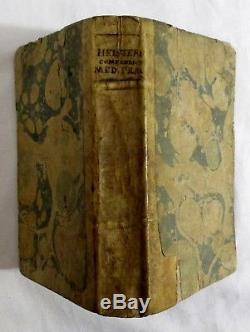
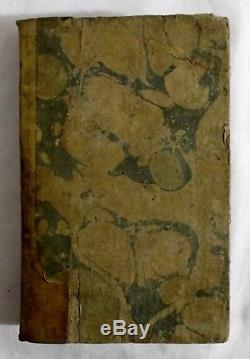
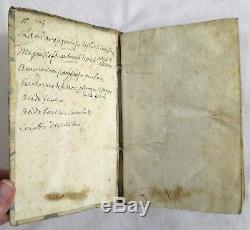
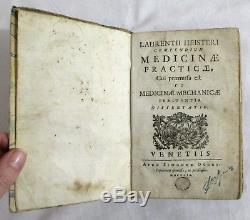
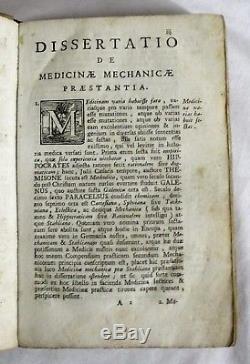
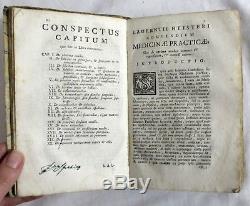
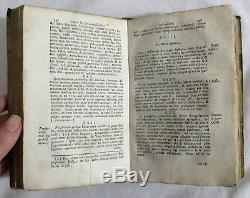
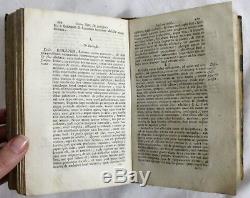
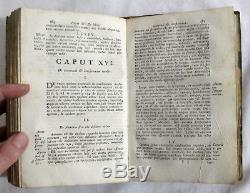
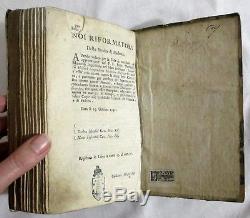
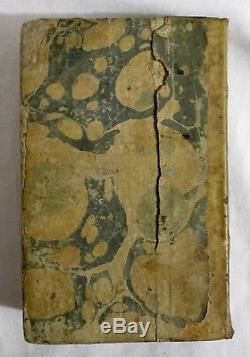



Up for sale is this rare 1759 copy of Lorenz Heister's Compendium Medicinae Practicae. The book is bound with a vellum spine and marbled boards.
The front interior hinge is cracked, but the binding of the book is good and seems pretty sturdy. The covers have some wear as illustrated in the photos. There is some light staining to some of the pages and there may be the occasional page with some kind of minor imperfection such as a creased page corner, small tear, wrinkle, etc. There are some notations on the front inside cover as shown in the photos and the back blank flyleaf is missing.
There is a small chunk out of the last page as shown in the 10th photo. The front cover does not naturally lie flush against the text block as shown in the last photo. All in all a nice rare old Latin medical book. Please look at the photos to note the condition and message me with any questions you might have.
From 1702 to 1706 Heister studied at the Universities of Giessen and Wetzlar, afterwards relocating to Amsterdam, where he studied anatomy under Frederik Ruysch (16381731). In the summer of 1707, he was an assistant physician in field hospitals at Brussels and Ghent during the War of theish Succession. He then traveled to Leiden, where he studied anatomy under Bernhard Siegfried Albinus (16531721) and Govert Bidloo (16491713), also attending Hermann Boerhaaves lectures on chemistry and ocular diseases.
In 1708 he earned his doctorate from the University of Harderwijk, and in the summer of 1709, rejoined the Dutch military as a field surgeon during the Siege of Tournai. Shortly afterwards, he distinguished himself in treatment of the wounded from the Battle of Malplaquet.
In 1711 he was appointed professor of anatomy and surgery at the University of Altdorf, and from 1720, was a professor of anatomy and surgery at Helmstedt, where he remained for rest of his life. During his tenure at Helmstedt, he also taught classes in botany and practical medicine. In 1730 he was elected a Fellow of the Royal Society. Among his numerous writings, his best-known work is Chirurgie, a book on surgery that was translated into several languages.
It was used extensively in Japan, and was still employed as a standard text at Vienna as late as 1838. Heister's botanical garden in Helmstedt was considered one of the most beautiful in Germany.
In 1718, he coined the word "tracheotomy". Also, he is credited for being the first physician to perform a post-mortem section of appendicitis. His name is lent to the plant genus Heisteria, as well as to the spiral valves of Heister, defined as anatomical folds of the cystic duct.The item "RARE Antique 1759 MEDICAL Compendium Medicinae Practicae Medicine LORENZ HEISTER" is in sale since Saturday, February 17, 2018. This item is in the category "Books\Antiquarian & Collectible". The seller is "nevermore_antiques_and_books" and is located in Wallingford, Connecticut.
This item can be shipped to United States, Canada, United Kingdom, Denmark, Romania, Slovakia, Bulgaria, Czech republic, Finland, Hungary, Latvia, Lithuania, Malta, Estonia, Australia, Greece, Portugal, Cyprus, Slovenia, Japan, Sweden, South Korea, Indonesia, Taiwan, South africa, Belgium, France, Hong Kong, Ireland, Netherlands, Poland, Spain, Italy, Germany, Austria, Russian federation, Israel, Mexico, New Zealand, Philippines, Singapore, Norway, Saudi arabia, Ukraine, United arab emirates, Qatar, Kuwait, Bahrain, Croatia, Malaysia, Brazil, Chile, Colombia, Costa rica, Dominican republic, Panama, Trinidad and tobago, Guatemala, El salvador, Honduras, Jamaica, Antigua and barbuda, Aruba, Belize, Dominica, Grenada, Saint kitts and nevis, Saint lucia, Montserrat, Turks and caicos islands, Barbados, Bangladesh, Bermuda, Brunei darussalam, Bolivia, Ecuador, Egypt, French guiana, Guernsey, Gibraltar, Guadeloupe, Iceland, Jersey, Jordan, Cambodia, Cayman islands, Liechtenstein, Sri lanka, Luxembourg, Monaco, Macao, Martinique, Maldives, Nicaragua, Oman, Peru, Pakistan, Paraguay, Reunion.- Subject: Science & Medicine
- Topic: Medicine
- Original/Facsimile: Original
- Binding: Vellum
- Year Printed: 1759
- Language: Latin
- Country/Region of Manufacture: Italy
- Region: Europe
- Author: Lorenz Heister, Laurentii Heisteri
- Place of Publication: Venice

